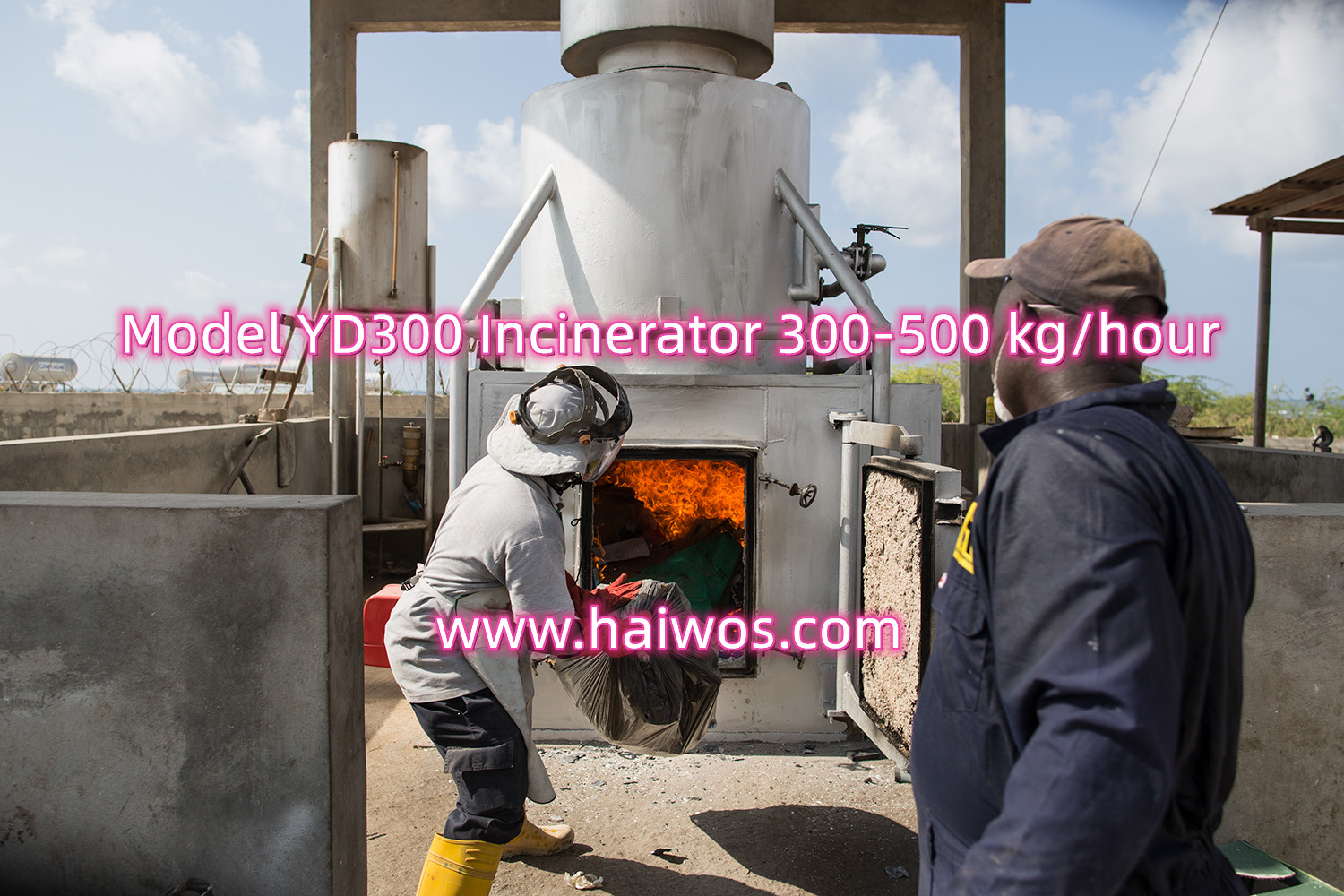The controversy surrounding the Incinerateur PCB, a waste incineration facility located in a small town, has raised concerns and sparked debates about its potential impact on public health and the environment. PCBs, or polychlorinated biphenyls, are a group of synthetic organic chemicals that were widely used in industrial applications such as lubricants and electrical equipment until they were banned in the late 1970s due to their harmful effects on human health and the environment. Despite this ban, PCBs continue to be a major concern due to their persistence in the environment and their potential to cause serious health problems.
The Incinerateur PCB has been at the center of controversy due to its incineration of waste containing PCBs. The facility has come under fire from environmental groups and concerned citizens who argue that the incineration of PCBs releases dangerous chemicals into the air and poses a risk to public health. These concerns have been further fueled by reports of elevated levels of PCBs in the surrounding area and potential health impacts on nearby residents.
In response to these concerns, the facility has stated that it operates within legal limits and regulations set by environmental agencies. They claim that they have the necessary permits and controls in place to ensure that emissions do not pose a risk to public health. However, many remain skeptical and continue to call for more stringent regulations and oversight of the facility.
The controversy surrounding the Incinerateur PCB raises important questions about the trade-offs between waste management and public health. On one hand, waste incineration is seen as a necessary means of managing and disposing of hazardous materials. On the other hand, the potential health and environmental risks associated with incineration cannot be ignored.
It is important for concerned citizens to stay informed about the potential risks associated with PCB incineration and to advocate for stronger regulations to protect public health and the environment. Additionally, it is crucial for regulatory agencies to conduct thorough and transparent assessments of the facility’s operations to ensure that it is operating within safe limits.
In conclusion, the controversy surrounding the Incinerateur PCB highlights the need for increased awareness and scrutiny of waste management practices. As the debate continues, it is essential for all stakeholders to work together to find a balance between managing hazardous materials and protecting public health and the environment. Only through collaboration and transparency can we ensure that facilities like the Incinerateur PCB operate in a manner that prioritizes human and environmental well-being.



